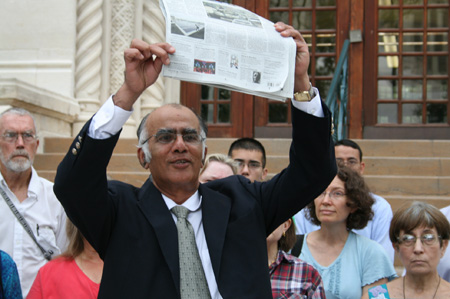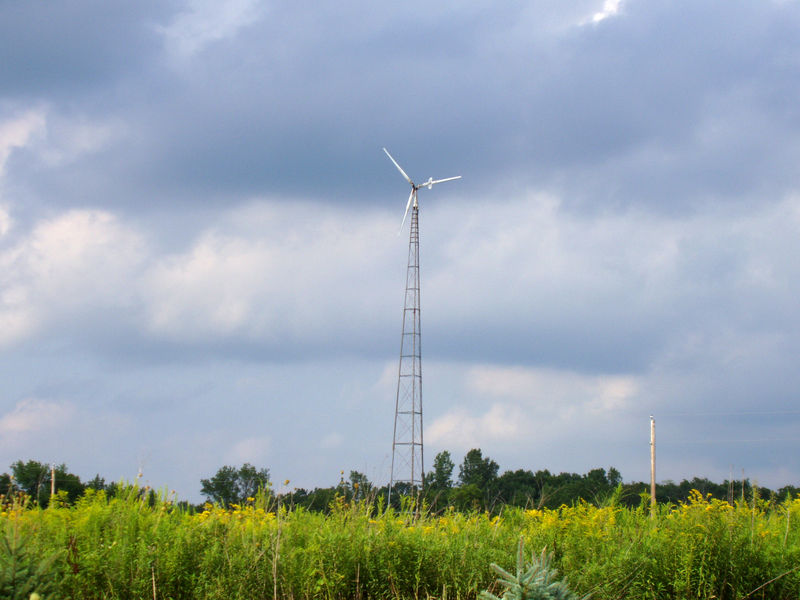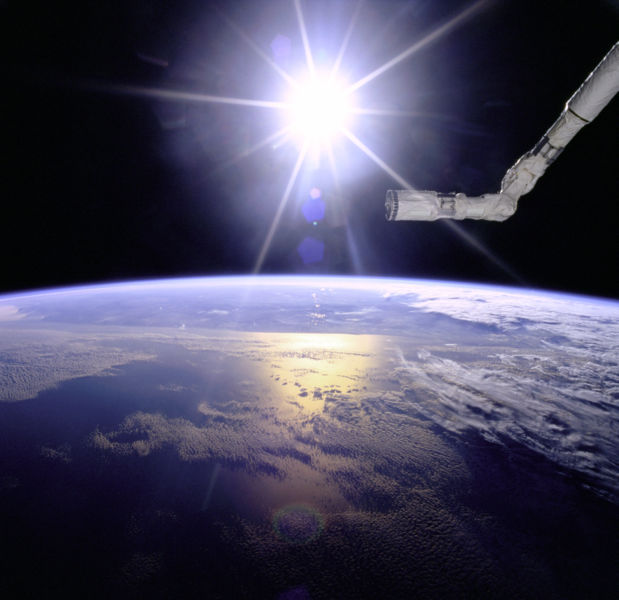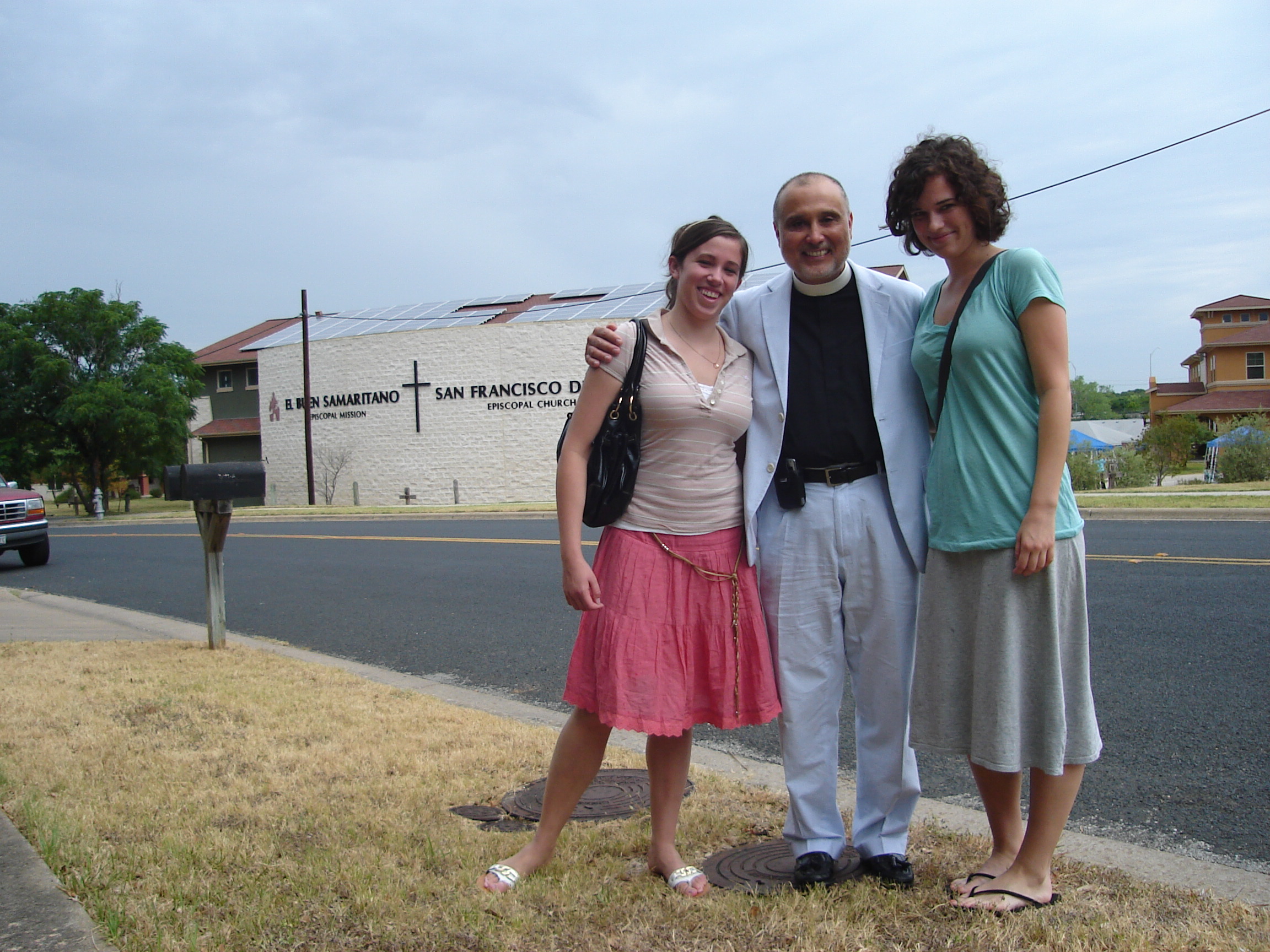Gas prices are abominably high. The good news? It’s time to kick the oil habit. When i lived in New York City and the price of cigarettes went up to $10, my smoker friends took the hint and kicked the butt.
We face the same problem with gas prices, and with the overwhelming sentiment to “Drill here! Drill now!” overtaking our debate on national energy policy, I’m reminded again of my smoker friends. What if they had simply decided that it was time to start buying their cigarettes in bulk from New Jersey or Connecticut? They would have missed the added health benefits of quitting smoking.

STOP SMOKING NOW!
Global Warming is coming to a crisis point, and we are already seeing the effects: flooding along the Mississippi, record-breaking heat and drought across Texas, and increasing food prices due to lower crop yields are only the leading edge of a climate disaster if we do nothing. Unfortunately, offshore drilling is worse than doing nothing. The saying goes that when you find you are digging yourself into a hole, STOP DIGGING! By increasing production of oil we can only guarantee that we will put more pollution into the atmosphere and hasten the arrival of catastrophic climate change.
But proponents say we have to bring down the price of gas. True– my family is hurt by having to spend $50-$60 every time we fill up our car. But according to the Bush Administration’s Department of Energy, offshore drilling will not affect gas prices at all. It will be 8-10 years before we see any real production out of these wells. Further, the amount they would produce would not help make us more energy independent, as the relatively small supplies would be gobbled up by international demand. Their quote is “Because oil prices are determined on the international market, however, any impact on average wellhead prices is expected to be insignificant.”
But that hasn’t stopped Congress from “acting.” Congressman Gene Green (D-Houston) announced a bi-partisan energy plan that includes more drilling, co-sponsored by Ruben Hinojosa (D-Corpus Christi), Solomon Ortiz (D-Corpus Christi), Charlie Gonzalez (D-San Antonio), Ciro Rodriguez (D-San Antonio), Henry Cuellar (D-Laredo), and Nick Lampson (D-Houston). Considering the proximity to the Gulf Coast of most of these districts, I would think these Congressmen would be more concerned about offshore oil spills ruining the coastlines or about the sea level rise, even a small amount of which would put Galveston, South Padre Island, and the Houston Ship Channel under water.
Since our oil problem is essentially one of increased demand driving up prices, the best answer to decrease oil prices is to demand less by using less. So, offshore drilling means more global warming, and no easing of the pain at the pump. Efficiency means less global warming, lower prices, and we’re using less gas to begin with. That way, if we did manage to tackle climate change and wanted to drill decades from now when oil is $300 / barrel, we will have left that resource to our children and grandchildren instead of simply greedily drinking that milkshake now.
Sounds like a no-brainer: the type of solution no one in Washington DC would ever consider.
Read Full Post »



 This Tuesday I spoke at the PUC’s public hearing on
This Tuesday I spoke at the PUC’s public hearing on 






